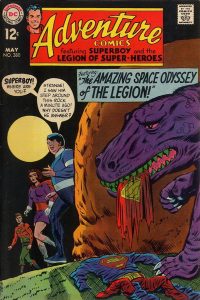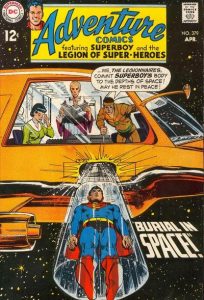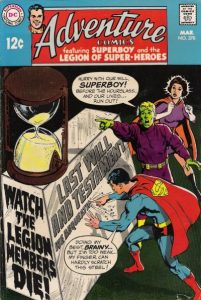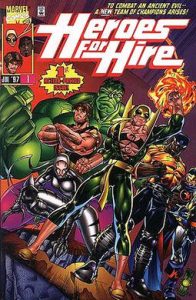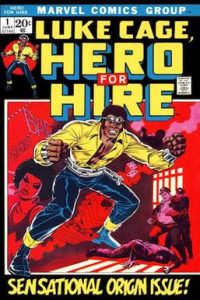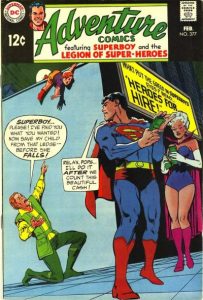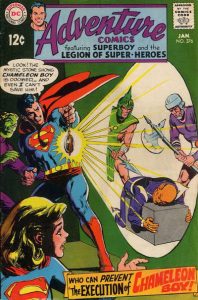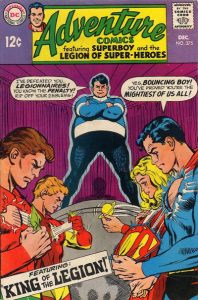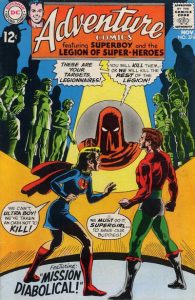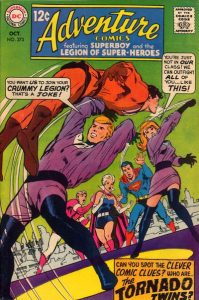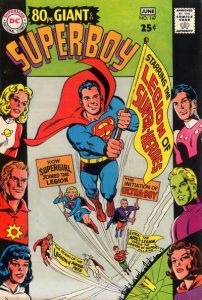So, since this time last week, those of you who have been following my blog posts—particularly my Legion of Super-Heroes reviews, will have noticed that I’ve ceased my daily posts.
It’s been a time of great change for me. Most of you know I lost my father last year, which not only leaves a big hole in one’s life, (assuming one is lucky enough to have a relationship with one’s father) but changes the family dynamic. When a person is gone, you realize a thousand ways in which their simple presence, much less their direct actions, changed everything about them. My father was eccentric, stubborn, often emotionally distant. Who knew he was the heart of the family? He was.
My sons have moved out. They haven’t gone far, and one of them only moved into a dorm. He’s getting an apartment in a couple of months, though. He may still call our house “home,” but he’ll officially be living elsewhere. Renee and I are rattling around ten rooms by ourselves, alone together for the first time in 25 years, and this time with only one of our four parents in the picture.
I realize now that I’m in a new phase of my adult life—the third major phase. I’m not going to call it “Act Three,” because that’s bloody morbid. Nor is it appropriate. I’m not even a grandparent yet, although many of my peers are. Unless you’re in a Shakespeare play, “Act Three” is the last act. I’m not there yet, unless there are pages in the script I don’t know about.

